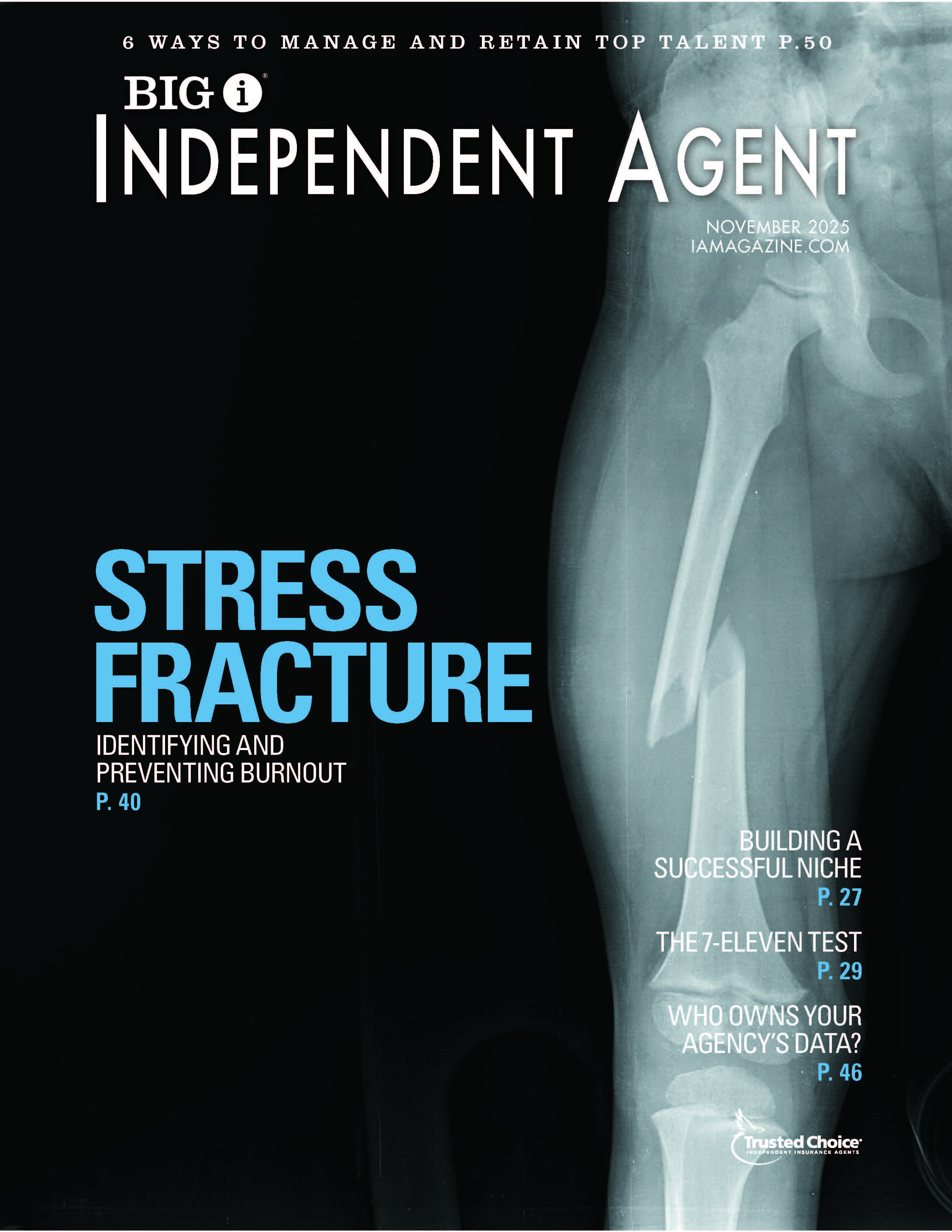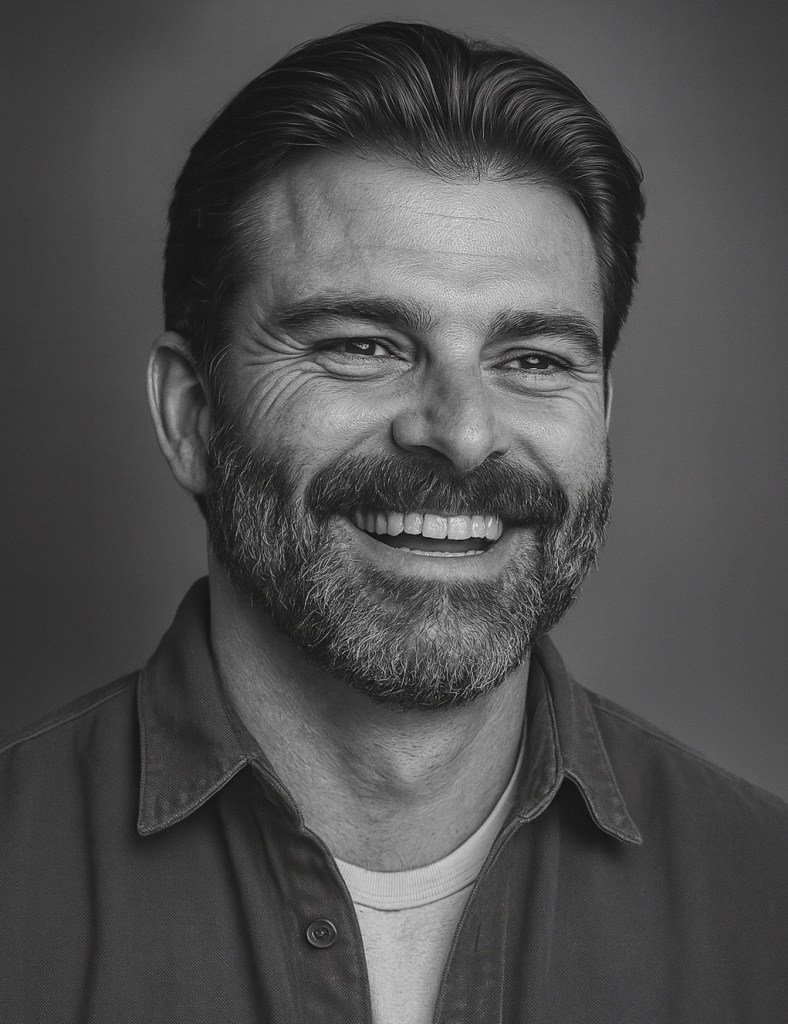9 E&O Claims from Past Hurricane Seasons

By: Matthew R. Davis
If you’ve forgotten what’s coming this month, you can be forgiven. COVID-19 has been front and center in our lives for so long that it’s difficult to look beyond it. But now’s the time you need to be thinking about hurricane season. And if you are an “inland agency,” this article applies to you, too, so keep reading.
We all know it’s tough to find homeowners coverage for a burning house. Likewise, you’re not going to find hurricane coverage for a customer once a tropical storm is “in the box”—the area northwest of 15° North Latitude and 65° West Longitude, roughly defined as the Virgin Islands.
2020 was an extremely active year for Atlantic tropical storms and hurricanes. The four preceding years were also above average. According to climate scientists, this suggests that 2021 will be an active year as well. And once those storms appear, especially those that are in the box, you and your customers will likely find yourselves with few good options.
Many states technically have an “order taker” standard of care, which means that if your customer didn’t purchase coverage to deal with a devastating storm, they have to live with the consequences. However, we all know that courts often find that a “special relationship” exists between you and your customer, which gives rise to a duty to advise. Even if there’s no such duty, there’s always the desire to help a customer in a time of need, which will usually involve higher commissions for additional coverage.
So, what should you be wary of when it comes to hurricane coverage? Here are a few examples of recurring errors & omissions claim scenarios from past hurricane seasons:
1) Failure to address the $500,000 personal lines limit under the NFIP. If you think it is unlikely that a hurricane would cause in excess of half a million dollars in damage, refer to some of your colleagues in the New Orleans area to set you straight. It’s not that difficult, especially if power is out for a while.
2) Absence of off-premises power outage coverage. If power is knocked out for an extended period of time, but the storm doesn’t directly damage your customer’s home or business, coverage depends on the wording of individual policies. You may need to explore options to obtain separate coverage for power outages.
3) Missing dependent property coverage. Similarly, if your customer’s business is not directly affected, but its customers are, including locations where your customer stores its business equipment, you may need to find coverage that will protect your client from losses.
4) Lack of coverage. Generally speaking, a single policy will not provide all necessary coverage. For homes in coastal or low-lying areas, you may need to place homeowners, wind and flood policies separately. You may also need a fourth policy for excess flood.
5) Inadequate limits. What are the limits on each of the homeowners, wind, flood and excess flood policies? Do they match up with, or exceed, the homeowners limit? If not, your customer is likely to claim that they wanted that homeowners limit on all policies. If you cannot make that happen, or if your customer doesn’t want to pay for the higher limits, document that conversation.
6) Coverage not offered to inland clients. Yes, high wind and storm surges along the coastline cause a lot of damage. But significant losses have been caused by storms that wreak havoc for miles inland where the storm drops epic amounts of rain, pushes the storm surge into low-lying areas or drives rivers and creeks out of their usual shorelines.
7) Incorrect information. That flood map you’re using—how old is it? Flood maps are updated regularly, and if you’re not using the most recent one, you may find yourself flooded with claims. The same goes for the temptation to fudge elevation certificates. What’s a few inches among friends? Answer: An E&O claim waiting to happen.
8) Failure to explain coverage. Claims often stem from the failure to explain the policy that you procured. Did you point out that flood policies typically provide little or no coverage for that portion of the property that is “below grade,” such as basements? Did you explain that flood coverage typically is actual cash value and not replacement cost on personal lines policies?
9) Insufficient aggregates. Let’s not forget your coverage. Are the aggregate limits on your E&O policy sufficient to deal with a catastrophe in your community? A single claim is unlikely to broach your limits, but what about in the aggregate? In the wake of Hurricane Katrina, we saw several agencies hit with 50+ claims. If you do not have adequate limits, that catastrophe may be an extinction event for your agency.
Some E&O policies provide catastrophe extra expense coverage to help your agency recover from severe weather events and keep providing service to your customers when they need it most.
Inlanders, are you still reading? Our focus has been on hurricanes, but all of you should consider other CAT events that may strike your customers, too: wildfires, earthquakes, tornados, droughts and hail. 2020 saw a record 22 weather and climate disasters that incurred more than $1 billion of damage, and most of those were inland events, according to the National Oceanic and Atmospheric Administration.
Plus, every year, claims are made against inland agencies that placed coverage for their clients’ boats and vacation homes along the coasts, often with several of the errors noted above.
Whether your agency is located on a sunny beach or miles inland, don’t wait for the sirens to herald the arrival of the next billion-dollar storm. Now is the time to act.
Matthew Davis is a vice president and claims manager at Swiss Re Corporate Solutions, working out of the office in Kansas City, Missouri. Insurance products underwritten by Westport Insurance Corporation, Kansas City, Missouri, a member of Swiss Re Corporate Solutions.
This article is intended to be used for general informational purposes only and is not to be relied upon or used for any particular purpose. Swiss Re shall not be held responsible in any way for, and specifically disclaims any liability arising out of or in any way connected to, reliance on or use of any of the information contained or referenced in this article. The information contained or referenced in this article is not intended to constitute and should not be considered legal, accounting or professional advice, nor shall it serve as a substitute for the recipient obtaining such advice. The views expressed in this article do not necessarily represent the views of the Swiss Re Group (“Swiss Re”) and/or its subsidiaries and/or management and/or shareholders.










